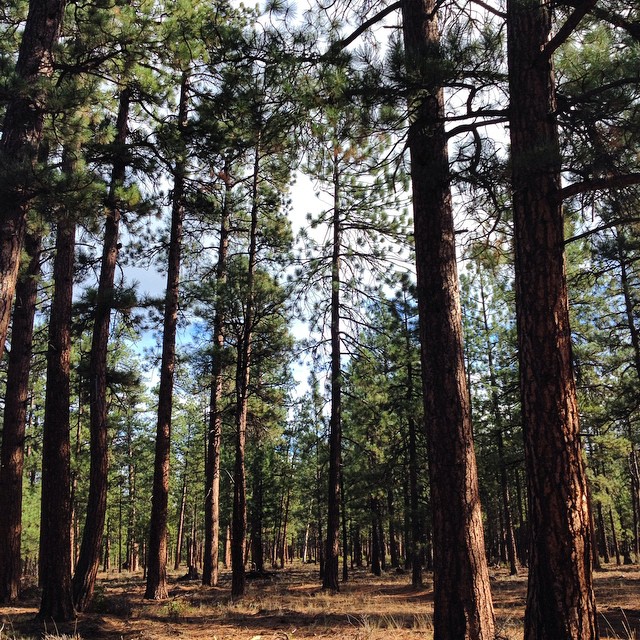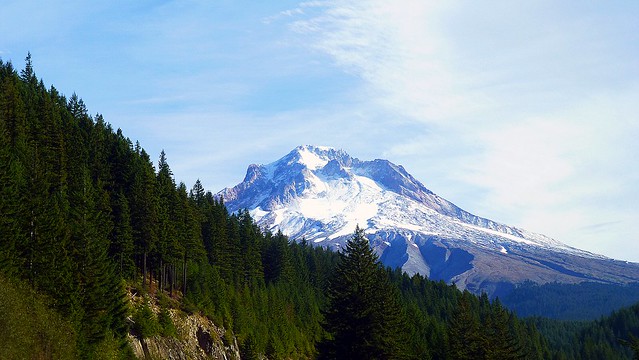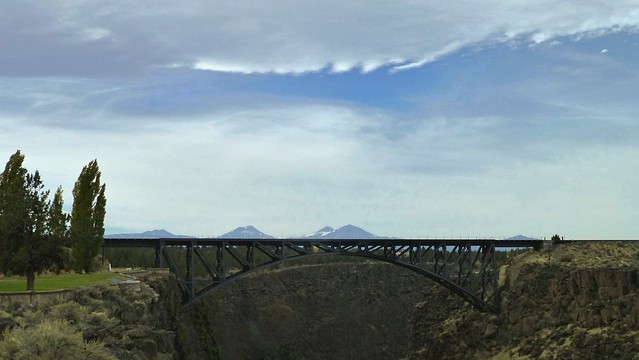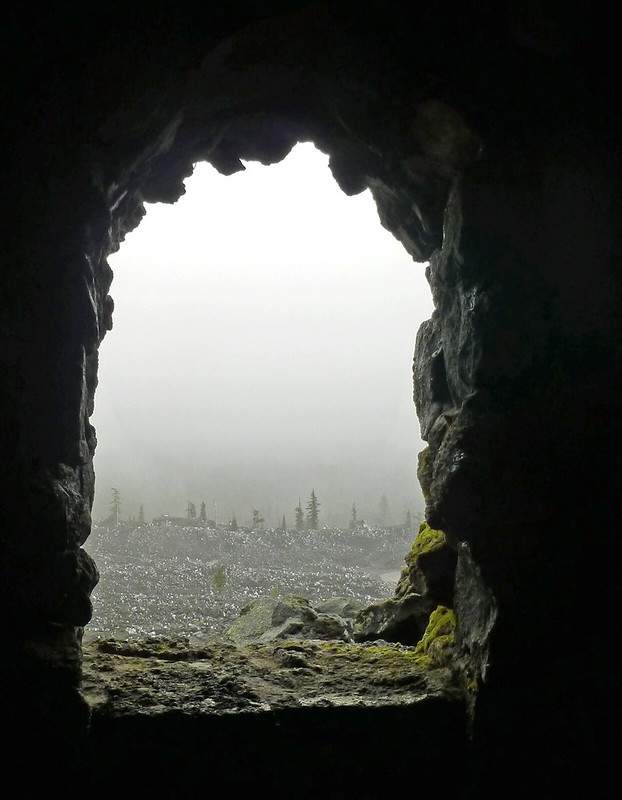I should know the names of the trees by now, but I do not. I can’t tell the hemlock from the spruce and the only deciduous trees I can truly recognize are the big leaf maples, because they are easy. Oh, the lodge pole pine, I know the lodge pole pine because of the smell and the long straight trunk that, of course, if you were building a lodge you would use these trees to support the high peak of your roof line.
I should know the names of the peaks, too, and some of them I do, Mount Saint Helens is capped off from her eruption in 1980, and while Mount Hood looks less pointy the closer you get, it is unmistakeable on the horizon. Rainier is familiar too, but as it hulks over my home city of Seattle, it’s as much a part of my skyline as Smith Tower is, the little white peaked building that was once the tallest skyscraper west of the Mississippi.
But I don’t know the peaks either. When you are driving south and Mount Hood is in your rear view mirror, there is a great glaciated mountain on the horizon to your right, to the west, and it is perhaps Mount Jefferson (according the waiter at the Mexican restaurant in Bend) or maybe it isn’t.
Over the last several days I drove nearly 800 miles, some of it alone, some of it in a two car convoy with my friend Jessica. We parted ways in Bend, Oregon; she went back to Portland and I continued west over MacKenzie Pass to Eugene before turning due north for home in Seattle. Together we drove east over farm lands and then, up the Mount Hood Scenic Highway. At mile something or other, there is a wide shoulder on the right side of the road where you must stop because even though it is not an official viewpoint, the view looks very official.
On the southeast side of the big mountain, it looks like fall, and mixed in with the evergreens, the ones I can’t name, are gold leaves on other trees I can’t name, and sometimes, there are bright spots of red close to the ground — wild blueberries, maybe, and then other reddish trees. The day was too warm, an inversion kind of day when the heat feels held by the blanket of the sky even while the wind blows cold air down off the glaciers.
The weather felt unsettling, especially on the desert plateau where the trees are mostly gone, replaced by sagebrush and some rough twisted juniper plants. The plains are lined with barbed wire along one side of the road, and far, far in the distance is the line of the Cascade mountains and the middle distance is sometimes marked with the outline of some horses or, as though to amuse you with cliched ideas about The West, some long horn cattle.
My favorite road side stop is here, there is a park and a canyon with a three hundred foot drop and three bridges, the rail bridge, the road bridge, and the old road bridge, which is part of the park and you can walk out there and feel strange about the double yellow line under your feet where big trucks whizzed by not that long ago.
On my last day of driving, I headed straight up the interstate, but before that, I wound over MacKenzie pass, a skinny two lane road that crosses the lava fields. I have made this trip several times in high summer and it is full of slow moving cars and motorcycle trippers and even cyclists with strong quadriceps for the grind up and strong hands for gripping the brakes on the way down. But this time it was empty. There was one car in front of me which quickly disappeared from sight and by the time I got to the top, I was alone. The wind was howling from the south and I was blasted with pellet snow. It was just below freezing as I ran up to the lava rock tower to look out over the vast stretches of volcanic landscape.
Some very tough trees have made their home here. I think they are western hemlock, but I can not be sure and there was no one around to ask. I know they are identified by the signs on the short interpretive trail just east of the tower, but I was not going to walk that trail in the bluster; I was not dressed for it. I pulled my sleeves down over my hands and shot some photos in the gray light, but the wind kept throwing wet snowflakes onto my camera lens, so I gave up.
The color returned as soon as I dropped out of the snowy elevations, there were bright red pine needles lining the road and the air was warm again. The weather changed a lot, it would rain and turn bright, rain and turn bright, and I traveled mostly parallel with the MacKenzie river until I got into town. I live on the shores of Puget Sound, so if I include my home in the count, I visited ten different ecosystems in five days.
 |
 |
 |
Just before the road gets very narrow, there is a pine forest. I pulled over onto the shoulder and walked in the trees, the sky had not yet gone stormy and there was a slice of rainbow in the direction I was heading. Everything felt very familiar. I should probably know the names of the trees by now, the sitka spruce and the lodge pole pine and the cottonwood and the big leaf maple and the red cedar. I recognize their faces, though, and I know them all the same.





Lovely.